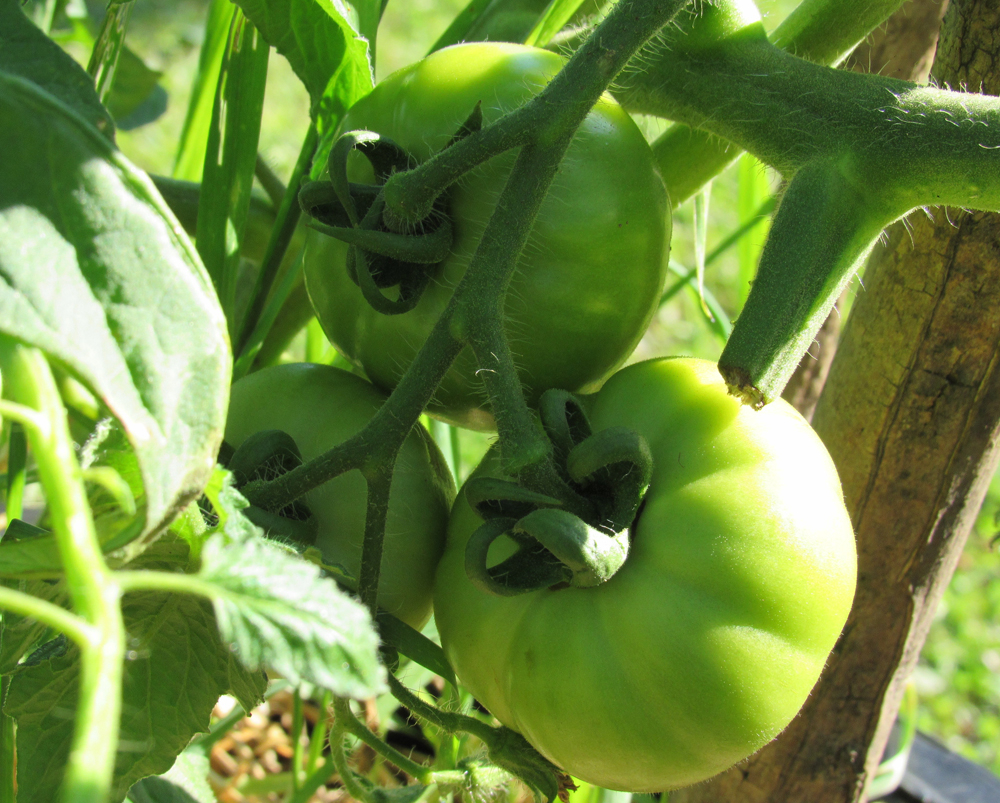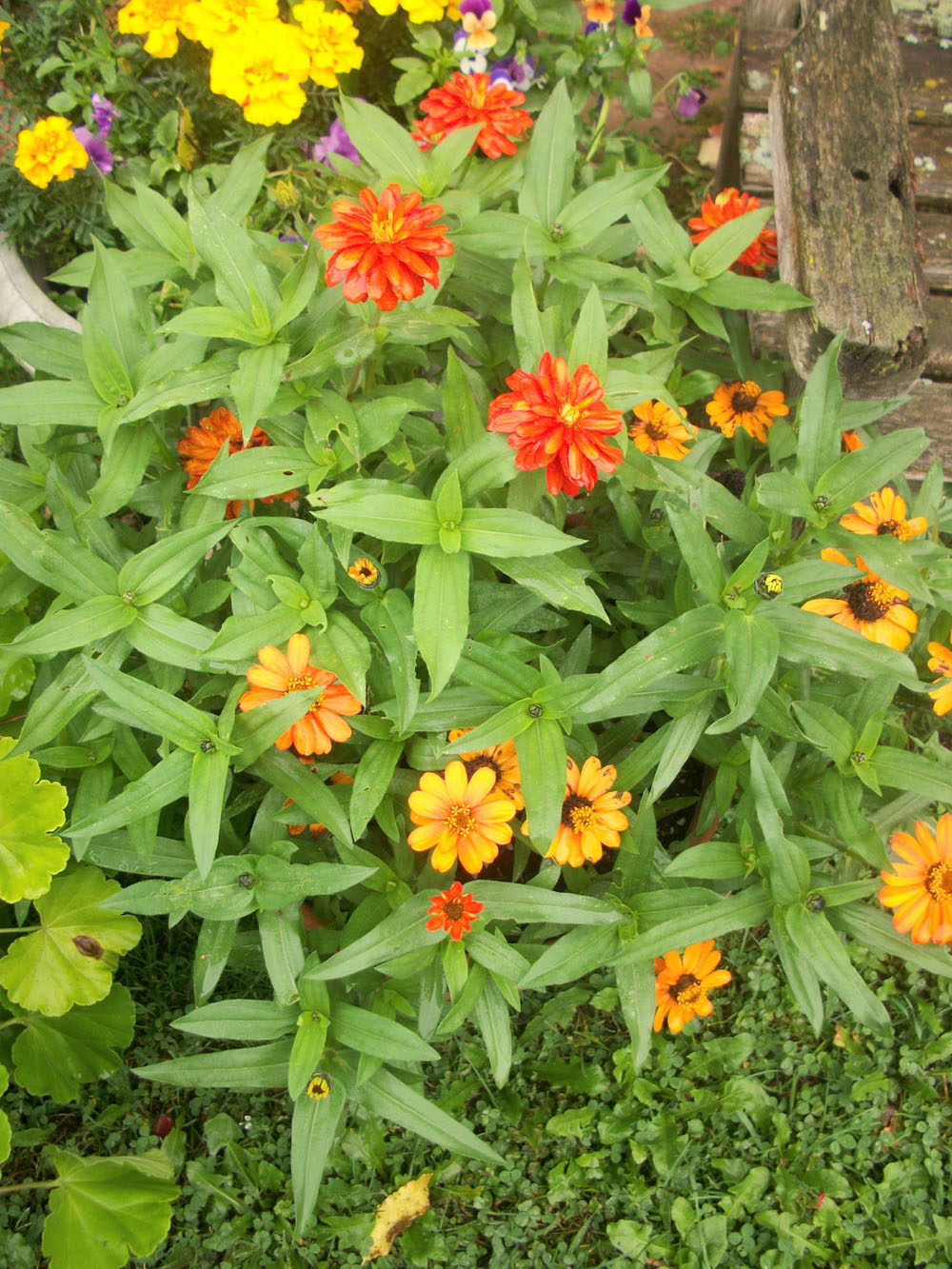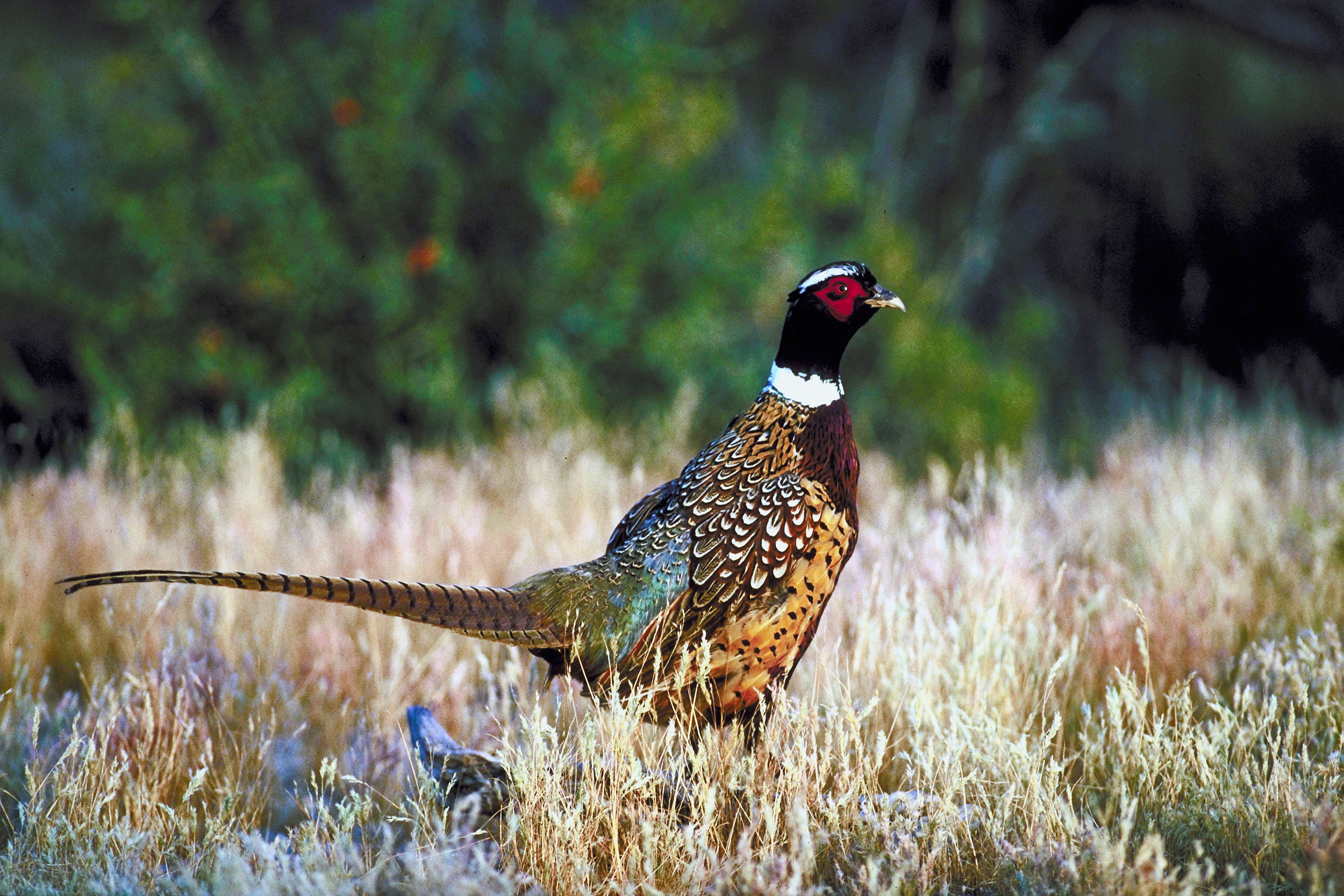Keep an eye on those tomatoes!

The rush of spring clean up and planting is behind us and now that summer is in full swing, it’s a time to really enjoy the beauty and bounty of your home garden and landscape. It’s also important, however, to continue to work at maintaining your plantings and check regularly for insect and disease problems.
This has been a frustrating year for garden maintenance for me. The frequent rounds of heavy rains have meant that I never really finished planting my vegetable garden and the downpours have typically come at the same moment I have a few precious minutes of free time for the garden.
I’m trying to get in at least a half-an-hour everyday for maintenance when weather allows, so something is getting accomplished. I’m sure I’m not alone when I say the weeds have been impossible to stay on top of this year.
Here is a to-do list for summer that I hope will help you with keeping your garden looking good and growing well through the height of the season.
•Deadhead perennials and annuals. Spent flowers are not attractive and pruning away the spent blooms helps the plant, makes things look more tidy, and even encourages re-bloom. Another benefit of deadheading is to keep plants from reseeding. This is also a good time to prune away dead branches on trees and shrubs, which are very evident now that all the leaves are out.
•Do your best to keep after those weeds. It’s an unending chore but it’s so important. I try to weed when areas are in shade or work where I can weed with my back to the sun. For me, there aren’t many things more satisfying than the site of a freshly weeded garden.
•Keep fertilizing your annuals and vegetables every couple of weeks and raise the mowing height on your lawn mower to the highest level.
•Refresh summer annuals, particularly plants like pansies that fade in summer heat. It’s fun to freshen-up planters by replacing items that are not doing well, especially when nurseries have deals on annuals. Plant fall crops like carrots, lettuce and another round of beans. Continue harvesting to keep veggies producing and to limit pest and disease problems.
•Be vigilant about watching for pests and disease. Apply fungicide weekly to plants susceptible to mildew, fungus or blight. Cornell Cooperative Extension has confirmed late blight in potato fields in Livingston and Wyoming counties. Spores can travel 30 miles on windy days. With our wet, sticky weather again this year, fungal disease continues to be a huge issue. Look for pests such as squash bugs, cucumber beetles and those lily leaf beetles. Destroy by handpicking, traps, or, if you prefer, insecticides like Sevin®. If you use pesticides, follow label directions carefully.
•Make time to take a walk through the garden once a day. Enjoy the beauty, the scent of blooms, and the birds. Take along a basket and harvest vegetables, fruits and blooms. Take photographs that are beautiful and can help you to see your garden in a new light and document this growing season. Look for bad insects and disease problems so that they can be addressed before things get out of hand. It’s amazing how much can change in the garden – especially at this time of year – in just a couple of days.





